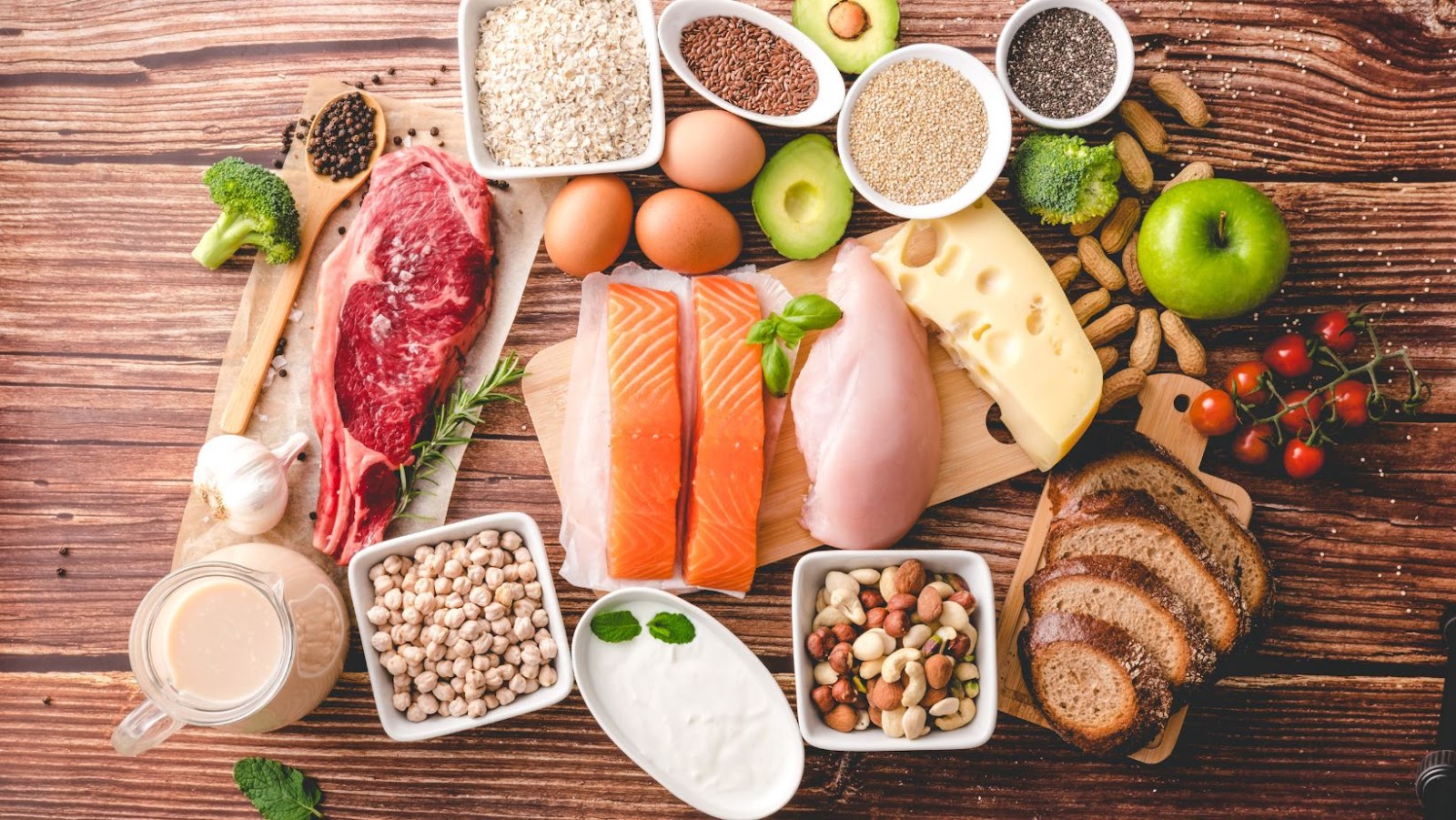In Prokaryotes, Repressor Proteins: (Select All That Apply.)
In prokaryotes, repressor proteins play a crucial role in gene regulation. These proteins have the ability to bind to specific DNA sequences called operator regions, thereby preventing the transcription of genes. This mechanism allows prokaryotic cells to finely tune their gene expression and respond to changes in their environment.
Repressor proteins can act through different mechanisms to regulate gene expression in prokaryotes. One common mode of action is by physically blocking the RNA polymerase from binding to the promoter region of a gene, thus inhibiting transcription initiation. In other cases, repressors may undergo conformational changes upon binding with small molecules or metabolites, allowing them to indirectly influence gene expression.
It’s important to note that not all repressor proteins function in the same way. Some repressors are constitutively expressed and actively prevent transcription unless they are bound by an inducer molecule, while others are synthesized only when certain conditions or signals are present. The complex interplay between these regulatory elements provides prokaryotes with precise control over which genes are expressed under different circumstances.
Understanding how repressor proteins work in prokaryotes is vital for unraveling the intricate mechanisms behind gene regulation. By studying these processes at a molecular level, scientists can gain valuable insights into how cells adapt and respond to changing environments, paving the way for advancements in fields such as medicine and biotechnology.
There are several types of repressor proteins found in prokaryotes, each with its own unique characteristics and functions. Let’s explore some of the key features of these repressors:
- Lac Repressor: One well-known example is the lac repressor in E. coli. This protein binds to the operator region of the lac operon and inhibits the transcription of genes involved in lactose metabolism. When lactose is present, it acts as an inducer by binding to the lac repressor, causing a conformational change that releases it from the operator site and allows gene expression to occur.
- Trp Repressor: Another important type of repressor protein is the trp repressor found in bacteria like E. coli. It regulates the tryptophan biosynthesis pathway by binding to its operator region, thereby preventing transcription when tryptophan levels are high. In this case, tryptophan acts as a co-repressor by binding to the trp repressor and enabling its interaction with DNA.
- Arginine Repressor: In prokaryotes such as Salmonella enterica, arginine biosynthesis is regulated by an arginine repressor protein. This protein binds to its operator sequence and inhibits gene expression when arginine levels are sufficient within the cell.
- Tet Repressor: The tet repressor family includes proteins that regulate resistance genes against tetracycline antibiotics in various bacterial species like Escherichia coli or Staphylococcus aureus.
- Optional). Catabolite Activator Protein (CAP): Although not a repressor protein, CAP plays an important role in gene regulation by positively influencing transcription. In the presence of glucose, CAP is inactive and unable to bind to its target DNA sequence. However, when glucose levels are low, cyclic AMP (cAMP) accumulates and binds to CAP, activating it and promoting gene expression.
Overview of Prokaryotes
Definition and Characteristics of Prokaryotes
Prokaryotes are a group of microorganisms that lack a nucleus and other membrane-bound organelles. They are single-celled organisms belonging to the domains Bacteria and Archaea. Unlike eukaryotic cells, which make up plants, animals, fungi, and protists, prokaryotic cells have a simpler structure.
One defining characteristic of prokaryotes is their small size, typically ranging from 0.2 to 2 micrometers in diameter. They have a simple cellular organization consisting of a cell membrane and cytoplasm containing genetic material in the form of circular DNA molecules called plasmids. The absence of a nucleus means that their genetic material is not enclosed within a membrane-bound compartment.
Prokaryotes display remarkable adaptability and can be found in various environments such as soil, water bodies, extreme habitats like hot springs or deep-sea vents, and even inside living organisms as symbionts or pathogens. Some well-known examples include Escherichia coli (E. coli), Streptococcus pneumoniae, and Methanobacterium thermoautotrophicum.
Structure of Prokaryotic Cells
The structure of prokaryotic cells consists of several key components that enable them to carry out essential biological functions:
- Cell Wall: Most prokaryotes possess a rigid cell wall surrounding the cell membrane. The composition varies among different species but commonly includes peptidoglycan in bacteria and pseudopeptidoglycan or protein S-layer in archaea.
- Cell Membrane: Also known as the plasma membrane or cytoplasmic membrane, it encloses the contents of the cell while selectively allowing the passage of nutrients and waste products.
- Cytoplasm: This gel-like substance fills the interior space of the cell and contains various enzymes, molecules, and structures necessary for cellular metabolism.
- Ribosomes: Prokaryotes have smaller ribosomes compared to eukaryotes. These molecular machines play a crucial role in protein synthesis by translating genetic information into functional proteins.
- Flagella: Some prokaryotes possess whip-like appendages called flagella that allow them to move towards favorable conditions or away from harmful substances.
- Pili: Pili are thin, hair-like structures that assist in attachment to surfaces or other cells during processes like conjugation (the transfer of genetic material between prokaryotic cells).



